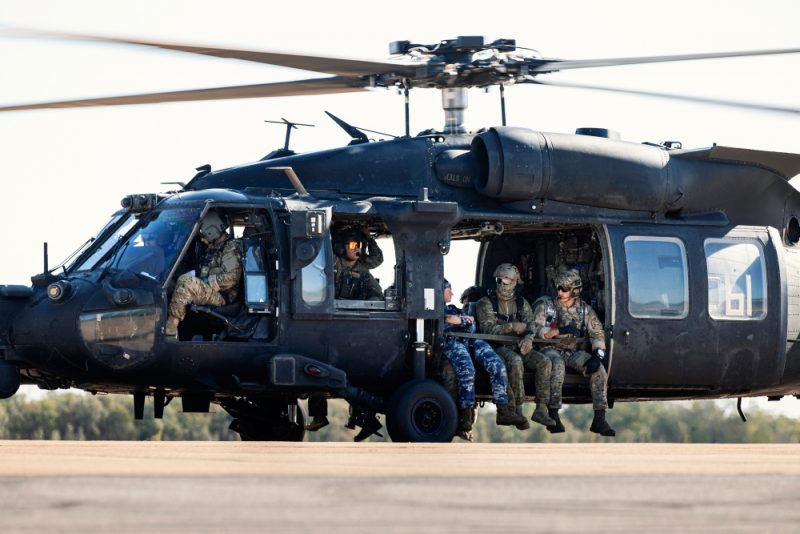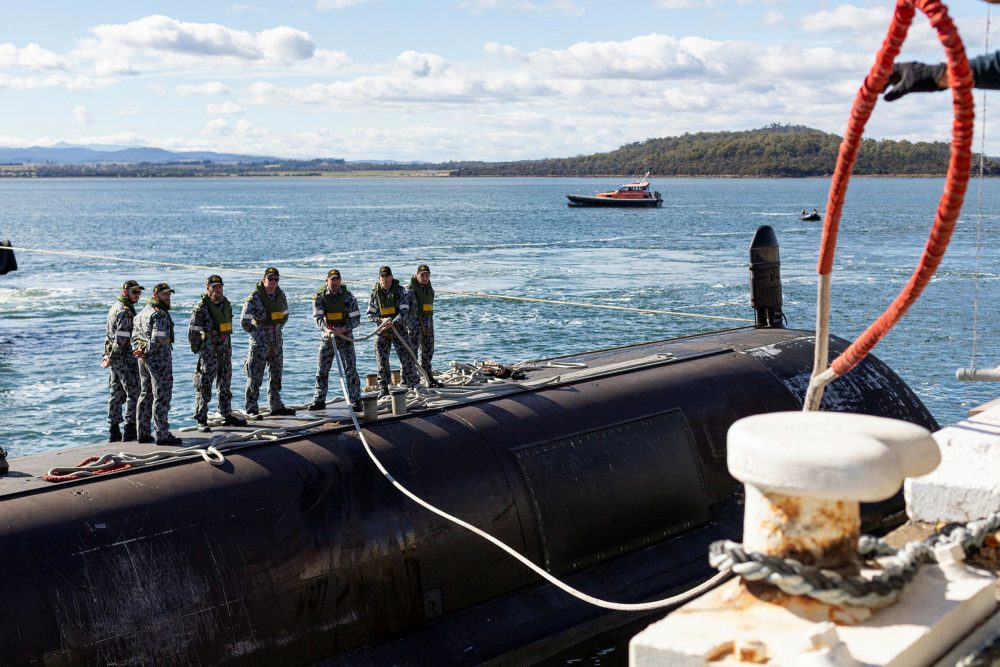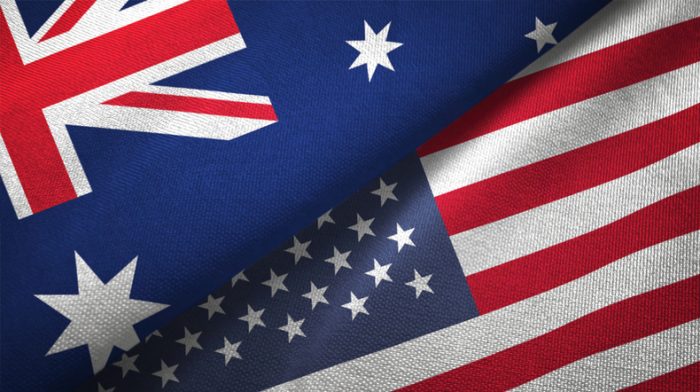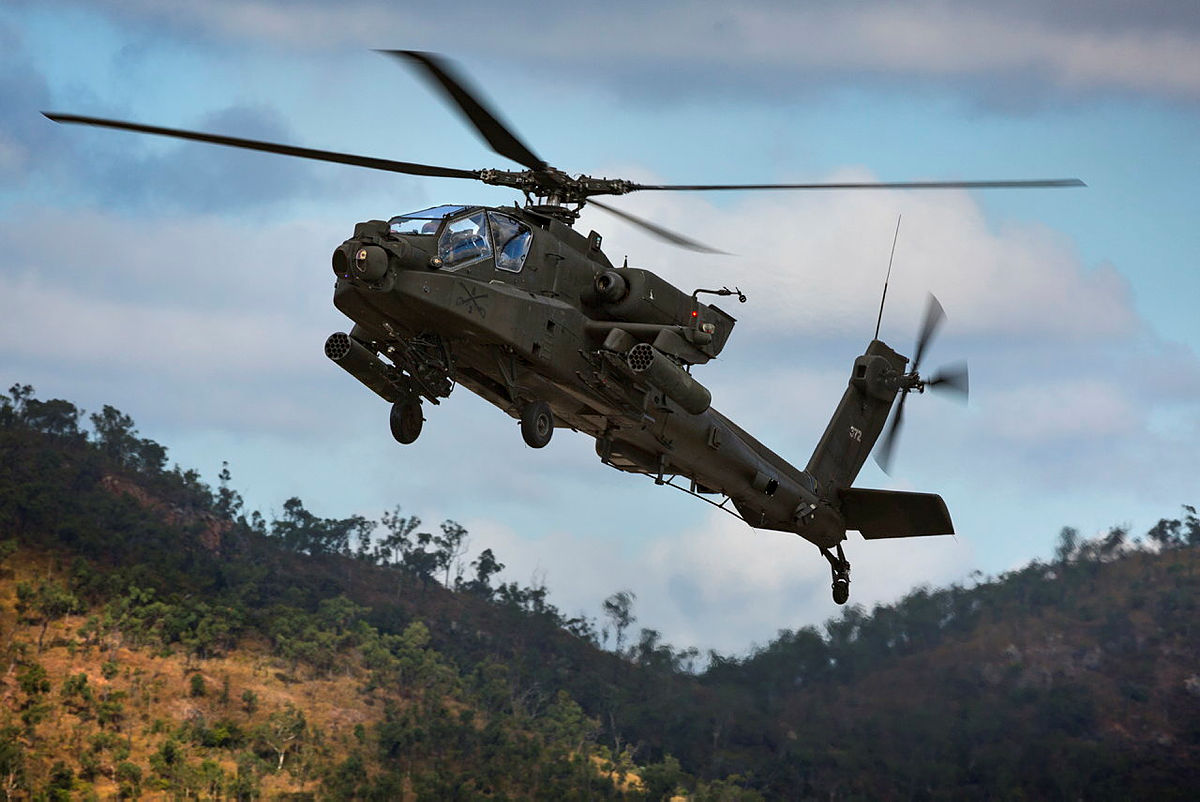Editors’ picks for 2021: ‘US and Australia must deepen defence cooperation on climate security’
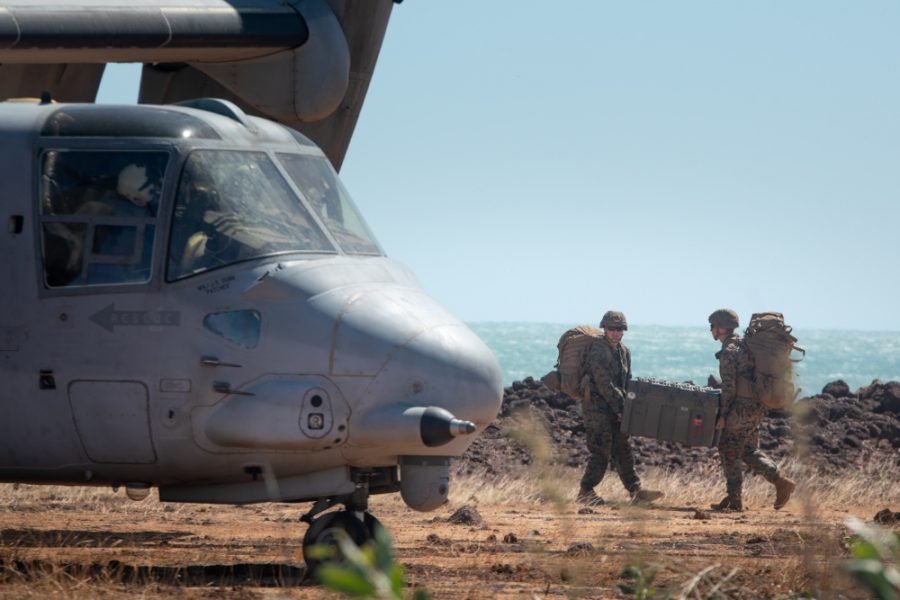
Originally published 27 July 2021.
US Secretary of Defense Lloyd Austin has just arrived in Singapore, where he’ll deliver a major address on Indo-Pacific security. He’s the first member of President Joe Biden’s cabinet to visit Southeast Asia. Not surprisingly, China is likely to feature prominently in his remarks, but so may climate change.
Though thousands of miles apart, Australia and the United States have shared unenviable climate-change-driven devastation in the past two years. The unprecedented drought, heatwaves and fires currently affecting the US and the 2019–20 Australian bushfires, which laid waste to an area larger than the State of Washington, are an indication of the challenges ahead in a warming climate.
As traumatic and deadly as these events have been for people in both countries, the impact of climate-driven disasters in the broader Indo-Pacific—a region at the core of both countries’ military planning and strategies—is likely to be even more devastating, with spillover effects on the security of both nations and their partners and allies.
Canberra and Washington have recently reaffirmed the importance of their defence cooperation in the Indo-Pacific, and while China certainly looms large in their thinking, it is increasingly clear that climate change, a threat that will ultimately amplify and eclipse all others on their risk horizons, must feature prominently in the bilateral defence relationship.
The Indo-Pacific is the most exposed region in the world to the hazards climate change is amplifying. Climate risks in the region are clustered around three hotspots. The first is the major transboundary river basins in South and Southeast Asia, where large concentrations of poor people are exposed to the regular and increasing risk of extreme floods and droughts, and already tense cross-border relationships are likely to be further strained by climate shocks. The second is maritime Southeast Asia along the Ring of Fire, where more than 400 million people reside in low-lying island countries exposed to very rapid sea-level rise, stronger cyclones and increasing floods and droughts, compounded by earthquakes, tsunamis and volcanic eruptions. The third hot spot comprises the Pacific small island developing states, many of which face an existential risk from rising seas and intensifying storms.
The pace of climate impacts is now accelerating non-linearly and the world is already committed to significant additional warming (and disruptions) from the greenhouse gases emitted over previous decades. A recent report by the International Military Council on Climate and Security paints a stark picture of the implications:
Militaries will be increasingly overstretched as climate change intensifies. As the pace and intensity of extreme weather events increases, countries are increasing their reliance on military forces as first responders. While direct climate change effects regularly threaten military infrastructure and threaten to reduce readiness, the most pressing security threats will come from climate change-induced disruptions to social systems.
Given these dynamics, incentives are aligning for the US, Australia and their Indo-Pacific allies to cooperate on climate and security matters. In his first few weeks in office, Biden laid out an ambitious climate security strategy in his executive order on tackling the climate crisis at home and abroad. At the world leaders’ summit on climate convened by Biden in April, Austin described the impact climate-related hazards are having on joint military operations, noting that Typhoon Wutip in February 2019—outside of the typical typhoon season—forced the US to pause exercises with its Australian and Japanese allies. He reiterated the importance of allied cooperation last month at the 8th ASEAN defence ministers’ meeting, where he highlighted climate change as a significant emerging regional challenge for collective action.
For his part, Australian Prime Minister Scott Morrison last year for the first time characterised climate change as a national security threat. Australia’s 2020 defence strategic update pointed specifically to climate change as a threat that would compound water and food scarcity, extreme weather events, political instability and friction within and between countries, including in the Indo-Pacific.
The US military is rapidly embedding climate and security in its regional planning and operations. Consistent with the government’s 2020 update, it is in Australia’s interest to engage actively with these US contributions to underwriting security and stability in the Indo-Pacific. But, given the far greater resources available to the US and the larger scale at which it operates, Australia will have to be selective about how it engages from a defence perspective.
Four areas are particularly important for both countries and present opportunities for collaboration.
The first focuses on building a shared understanding of the physical impacts (sea-level rise, flooding and erosion, extreme weather, rising temperatures and so on) climate change will have on regional military facilities, on training (for example, heat stress), on readiness and operations (for example, increased ocean salinity and atmospheric turbulence) and on the civilian infrastructure that supports these activities. The two countries should identify opportunities to learn from one another on adapting their military planning and operations, training and testing, military estates (built and natural infrastructure), and acquisitions and supply chains to address the climate risk.
An example of a best practice to share is the US Defense Department’s development of a climate assessment tool that is designed to measure climate risks to US domestic and overseas military installations. Australia could leverage the lessons learned from this process to build something similar for its own facilities.
The second is to begin identifying scenarios of regional instability that may require US and/or Australian stabilisation responses. These scenarios should incorporate the likelihood of compound shocks and tipping points that have cascading impacts across societies. The priority should be to develop policy and operational responses to mitigate the risks. Australia has distinctive insights to share with the US, stemming from Canberra’s historically close engagement with near neighbours in both the Pacific and Southeast Asia.
Key topics should include natural disasters and regional cooperation for humanitarian response; food and water insecurity; population displacement and climate-induced migration; exacerbation of territorial disputes; and improving early warning systems and intelligence capacity to anticipate events triggered by climate change.
The third area of cooperation is to jointly assess the geopolitical effects of climate change, including effects of the global energy transition, which is likely to redraw the region’s power map. Of course, the biggest shared geopolitical concern between Washington and Canberra is China’s trajectory—a trajectory that cannot be understood separately from the risks posed by climate change. It is critical to develop a deep and nuanced understanding of how Chinese actions, for example, are shaped by climate considerations, or, conversely, how climate change may affect US and Australian efforts to compete (or cooperate) with China in the region.
The fourth area of focus should be on strengthening relationships with key countries in the region (such as Indonesia and Vietnam) and with the key regional organisations (such as ASEAN and the Pacific Islands Forum) to strengthen their capacity to understand and address climate impacts. This should include scaling up joint planning, training, interoperability and exchange programs focused on reducing climate and security risks.
Australia and the US have a long tradition of defence cooperation in the Indo-Pacific region underpinned by a shared commitment to building a more stable, secure and rules-based order. Achieving that objective is about to become more difficult because of climate change. It will undermine US and Australian national interests in the Indo-Pacific as never before. As historian J.R. McNeill recently observed, ‘There is no precedent in human history for a global disaster that affects whole societies in multiple ways at many different locations at once.’ For Australia, the US and their partners and allies, this unprecedented event requires an unprecedented response.

